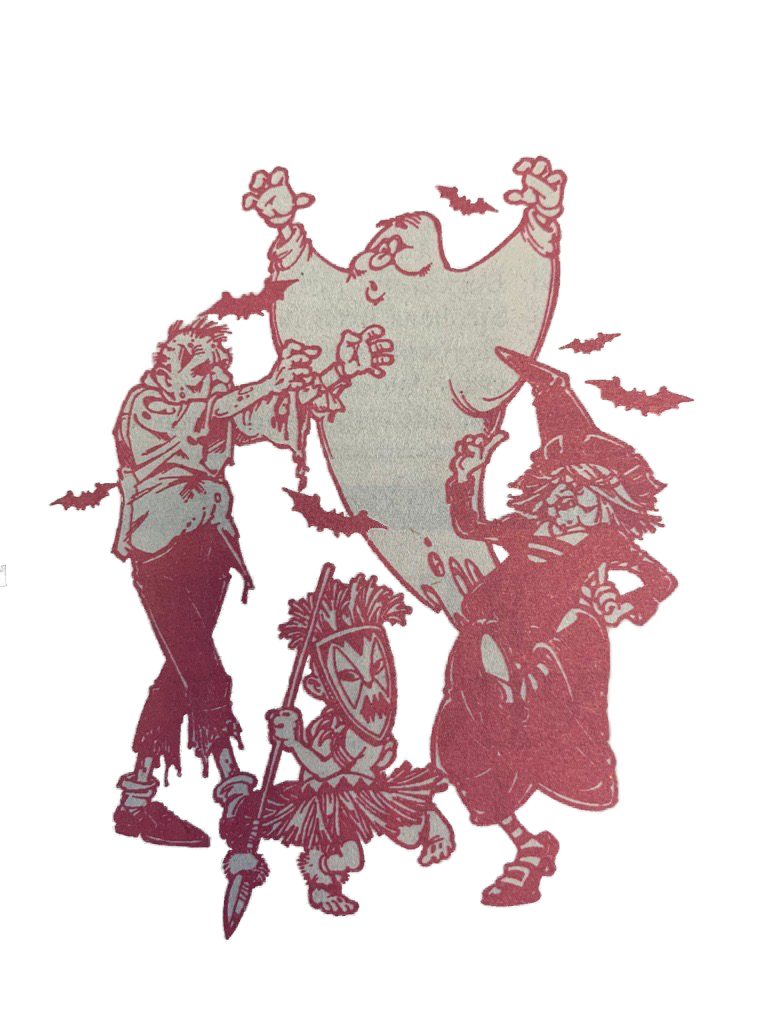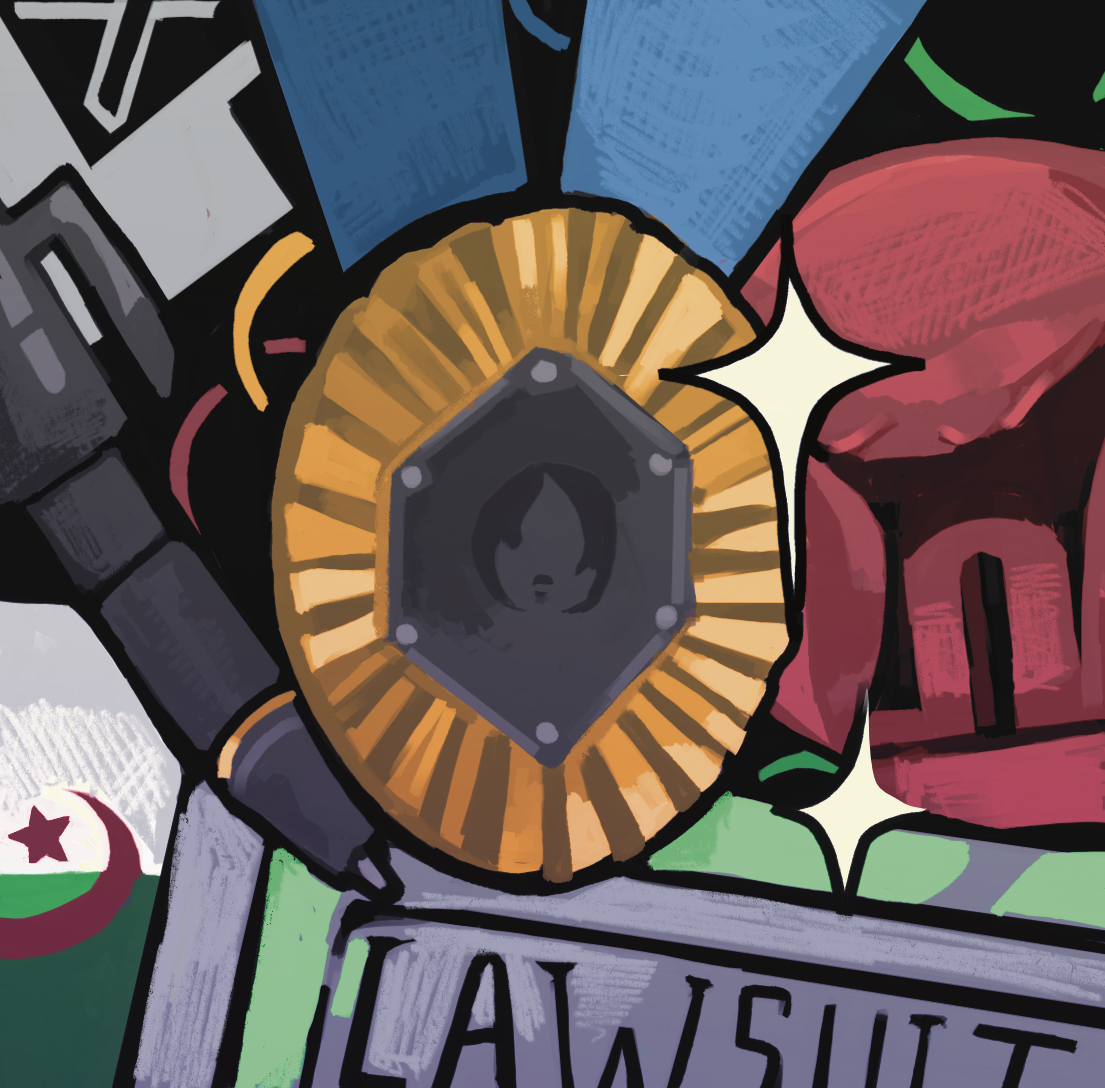The idea that we are a generation far removed from the confines of racially biased thinking is dangerous.
Everyday microaggressions — daily verbal, behavioral or environmental indignities that communicate negative racial slights — on our own campuses shows us that racial insensitivity has a pervasive presence at universities.
Occasionally, a major scandal erupts involving the current generation and racism, forcing us to open up a dialogue about an issue we’d like to think we’ve moved beyond.
The University of Oklahoma’s chapter of Sigma Alpha Epsilon gained national attention after videos of the fraternity members singing a racist chant were posted on the Internet on March 8. The OU chapter of SAE has continued to be the subject of controversy after a second video showing the housemother repeatedly using the n-word was posted to Vine.
The events at SAE speak to the way racial politics drastically express themselves in organizations where diversity is lacking. There is something inarguably alarming about a bus full of college-aged students that use hateful language and fail to see it as the frightening example of bigoted groupthink that it is.
The two students who appeared to lead the chant in the video have been expelled. The president of the university, David Boren, removed the fraternity from the OU Greek system after the videos went viral. In response, the executive director of SAE, Blaine Ayers, announced plans for an initiative that seeks to eliminate racial insensitivity within the chapters.
Since then, students have come forward with incidents of systemic and individual racism on college campuses across the country, proving that the event that just occurred at OU was not an isolated incident.
An article in USA Today stated that, in December of 2014, the SAE chapter at Clemson University was suspended for hosting a party with the theme of “Merry Cripmas” where white students dressed as gang members. In that same article, it explains how the SAE chapter at the University of Washington was implicated in yelling racial slurs and directing derogatory gestures at members of the black student union this February. The school’s chapter has denied involvement in the incident.
Although instances of racial insensitivity are certainly not exclusive to Greek houses, it can be easy to see how many of the extreme cases that end up on the news come from fraternities.
Matthew Hughey, an associate professor of sociology at the University of Connecticut, published a paper studying the demographics in American Greek life. Between 2003 and 2006, Hughey found that only about four percent of members in Greek organizations on the East Coast were non-white. In organizations where almost every member is white, the consequences of hate speech may seem more abstract when the group the words are directed toward is not represented within the organization.
Reactions to the SAE video have varied by generation. The older the person, the more shocked the response seems to be. A study done by the Pew Research Center in 2009 found that a majority of the population thinks the Millennial generation is “more racially tolerant than their elders.” After seeing a video negating that, it follows that older people would be surprised at the racist actions of a supposedly more tolerant generation.
Although society as a whole ranked this generation as the most tolerant, many students have not been surprised by the racist chants in the video in the way that the research dictates they should. Rather than showing shocked indignation, younger people have tended to respond with distress.
“When I initially saw the video, I was extremely hurt,” Francesca Daigle, a biochemistry major and freshman, said. “Not because I thought racism was dead. I know racism still exists but somehow the optimistic part of me allowed me to believe that (racism) existed in solitude.”
In a January 26 article, Al Jazeera America branded our generation as tolerant racists, saying that college-aged students have become more accepting of other cultures due to the inclusion of different races into the population, rather than because of an elimination of racial biases.
In the same vein, a survey done by the Pew Research Center in 2014 showed that 42 percent of white 18-24 year olds said a lot was left to be done in order to achieve racial equality in the United States. Maybe this can account for the jaded response many students have shown to the events that occurred at OU.
Students don’t have to look far in order to see examples of racism within the Millennial generation. Emboldened by the anonymity of the website, students often post on UTD’s Yik Yak feed with microaggressive comments against specific ethnic groups.
It is far easier to delude ourselves into thinking we exist in a post-race society. Because our generation is one of the most diverse to exist in the United States, it may seem on the surface to privileged youths that race is not an issue.
After all, we have a black president. UTD alone has one of the top 25 most ethnically diverse student populations, according to the U.S. News and World Report. It would nonetheless be wrong to say that race does not play a role in our day-to-day lives. The issue of racial discrimination is rarely talked about or protested against until a specific example of blatant racism, especially those involving members of the current generation.
When I attended Parish Episcopal School, a private high school in Dallas, the population was largely white. The class of 2014 graduated with one African-American student.
I often heard white, male students using the n-word in conversations, although never around the few black students at school. We frequently interacted with students at Jesuit, where Parker Rice, one of the SAE members in the video, went to high school.
The apologies issued by the family of Levi Pettit, another member in the SAE video, state, “we know his heart, and he is not a racist.” Parker Rice’s apology said something similar.
It could be true that these boys led the bus full of SAE members in this chant without malice. That in no way excuses their actions and, in fact, implies a whole other terrifying series of questions. Have the members of the almost entirely white fraternity become so removed from other ethnic groups that they can reference lynching African-American people without expecting to offend?
Has the use of the n-word become so commonly used by young people that we can no longer speak up against the use of it when obviously inappropriate?
This incident exemplifies the key bone of contention that our generation suffers from regarding race: an inability to address day-to-day racial issues. This leads to a population of young adults who can chant hateful songs and be oblivious to the societal implications that the words they use carry.







